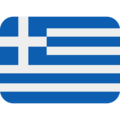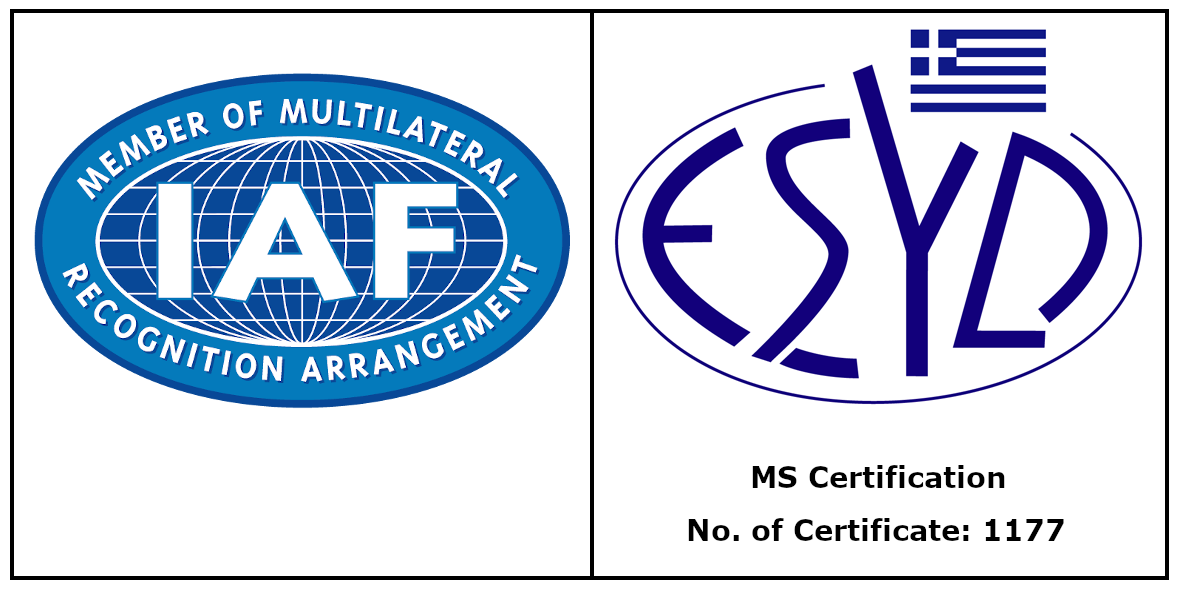ISO 9001
ISO 9001 is the internationally recognized standard for the quality management of businesses. It applies to the processes that create and control the products and services an organization supplies. It prescribes systematic control of activities to ensure that the needs and expectations of customers are met. It is designed and intended to apply to virtually any product or service, made by any process anywhere in the world.
THE BENEFITS OF IMPLEMENTING ISO 9001
Implementing a Quality Management System will motivate staff by defining their key roles and responsibilities. Cost savings can be made through improved efficiency and productivity, as product or service deficiencies will be highlighted. From this, improvements can be developed, resulting in less waste, inappropriate or rejected work and fewer complaints. Customers will notice that orders are met consistently, on time and to the correct specification. This can open up the market place to increased opportunities.
WHY SEEK CERTIFICATION TO ISO 9001?
Registration to ISO 9001 by an accredited certification body shows commitment to quality, customers, and a willingness to work towards improving efficiency. It demonstrates the existence of an effective quality management system that satisfies the rigours of an independent, external audit. An ISO 9001 certificate enhances company image in the eyes of customers, employees and shareholders alike. It also gives a competitive edge to an organisation’s marketing.
HOW DO YOU START TO IMPLEMENT ISO 9001? WHAT IS INVOLVED?
Identify the requirements of ISO 9001 and how they apply to the business involved. Establish quality objectives and how they fit in to the operation of the business. Produce a documented quality policy indicating how these requirements are satisfied. Communicate them throughout the organization. Evaluate the quality policy, its stated objectives and then prioritize requirements to ensure they are met. Identify the boundaries of the management system and produce documented procedures as required. Ensure these procedures are suitable and adhered to. Once developed, internal audits are needed to ensure the system carries on working.
ASSESSMENT TO ISO 9001
Once all the requirements of ISO 9001 have been met, it is time for an external audit. This should be carried out by a third party, accredited certification body. The chosen certification body will review the quality manuals and procedures. This process involves looking at the company’s evaluation of quality and ascertains if targets set for the management programme are measurable and achievable. This is followed at a later date by a full on-site audit to ensure that working practices observe the procedures and stated objectives and that appropriate records are kept. After a successful audit, a certificate of registration to ISO 9001 will be issued. There will then be surveillance visits (usually once or twice a year) to ensure that the system continues to work. This is covered in more detail in ISONIKE’s ‘Audit Procedure’ information sheet.
WHY CHOOSE ISONIKE FOR YOUR AUDIT?
ISONIKE has an enviable record for customer satisfaction for its certification services. A friendly approach and a dislike of bureaucracy have led to unprecedented growth through referrals from contented clients. ISONIKE only employs auditors that have empathy with this approach. They are also carefully allocated by their experience in the industry they are auditing. This results in a practical, meaningful audit, carried out in an air of mutual understanding. ISONIKE firmly believes that its audits should benefit the organization that requests it, not be an intellectual exercise to ‘please’ the auditor.
WHAT IS THE COST OF AN AUDIT TO ISO 9001?
Unlike a majority of its competitors, ISONIKE produces a guidance price list based on company size. For a fixed, written quotation however, we require a few more details. These can be submitted to ISONIKE via a short questionnaire provided in our website, by telephone on +30-210 6218021 00357 26222172 . Quotations are provided without any obligation.
The Audit Procedure
ISO 9001 Introduction
ISONIKE’s assessors are selected to meet the requirements of your particular sector. Your company's activity, location of premises, size and complexity are all taken into account. On receipt of your application form, we will contact you to agree dates for the following:
A Document Review
The document review aims to establish that your quality documentation meets the requirements of the standard. We compile a detailed report and a planned audit schedule. These are discussed with you and provided for your information. If deemed necessary by ISONIKE or requested by the company, this can take place at your premises. This enables you to establish a rapport with your auditor and may help the incidence of non-compliances at the next stage.
The Audit
A detailed, on-site audit of your company's implemented, documented system against the company's working practices and the appropriate ISO 9000-quality standard.
Procedure
Findings of the audit are documented. If there are any areas of concern to the assessors, the following may be raised: Major non-compliances - which must be rectified before certification can be recommended by the Lead Assessor. Minor non-compliances - which do not affect the recommendation for approval but must be addressed prior to the issue of your certificate. At the close of the audit, the Lead Assessor will leave his recommendation with you.
SURVEILLANCE
ISONIKE’s certification is valid for a three-year period and monitored by a Registered Assessor at regular intervals. All visits to your company are by appointment, thereby ensuring availability of relevant personnel. At the end of three years your organization will need to be re-assessed. Fees for this will be kept to a minimum and discussed with you in advance. Please note: All audits are performed on the basis of limited sampling. If discrepancies are not discovered, there is no guarantee that they do not exist.
EXTENSION TO SCOPE OF CERTIFICATE
Amendments or extensions to the initial certified scope are possible. For example, to include additional offices or new areas of business. Audit for this 'extension' can often be carried out causing minimum disruption to your organization. A common practice is to allocate some extra time during a routine surveillance visit.
LOGOS
Following certification your company can display the ISONIKE logo. If your company operates within ISONIKE’s accredited scope you can also display the Accreditation Mark.






